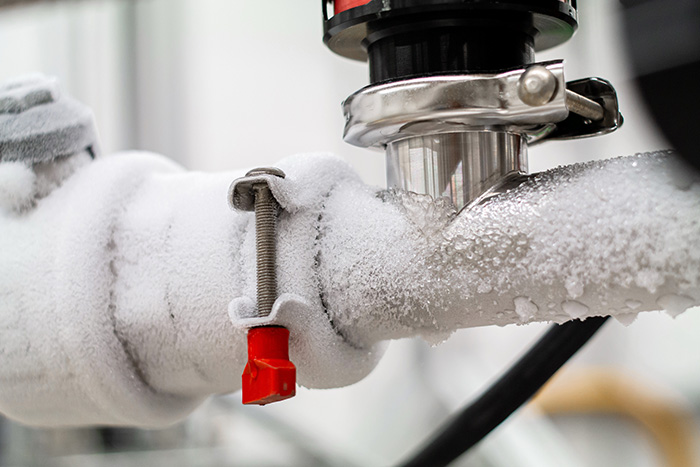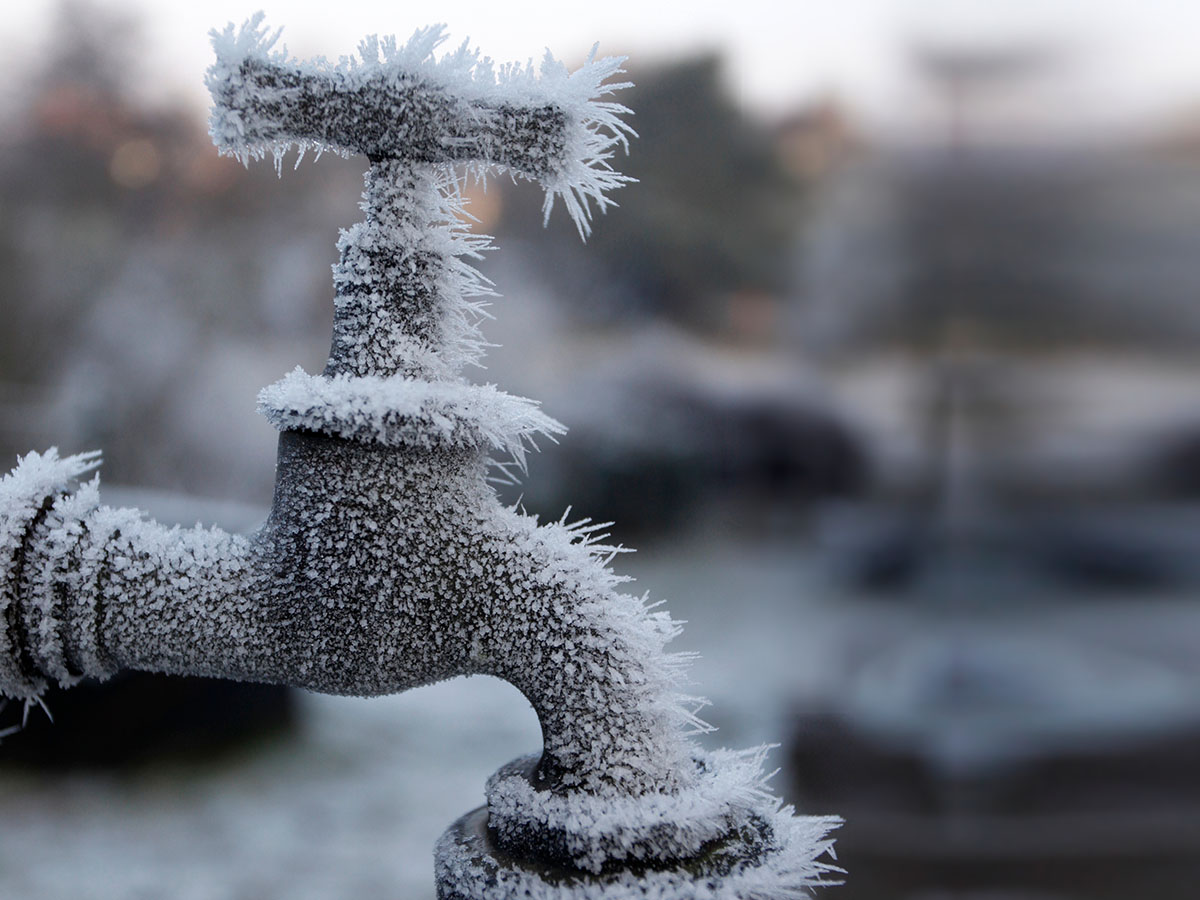Advice for Preventing Frozen Pipes in Cold Weather: Specialist Advice
Advice for Preventing Frozen Pipes in Cold Weather: Specialist Advice
Blog Article
They are making a few good observations about Helpful Tips to Prevent Frozen Pipes this Winter overall in this article further down.

Winter can damage your plumbing, particularly by freezing pipelines. Below's exactly how to stop it from occurring and what to do if it does.
Intro
As temperatures drop, the threat of icy pipes increases, possibly causing costly fixings and water damage. Recognizing exactly how to prevent icy pipelines is vital for property owners in cool climates.
Avoidance Tips
Insulating prone pipes
Wrap pipelines in insulation sleeves or use warm tape to shield them from freezing temperatures. Focus on pipelines in unheated or external areas of the home.
Heating methods
Maintain indoor rooms sufficiently heated up, specifically locations with plumbing. Open up cabinet doors to allow warm air to circulate around pipes under sinks.
Exactly how to determine icy pipes
Search for lowered water circulation from faucets, uncommon odors or sounds from pipes, and noticeable frost on exposed pipes.
Long-Term Solutions
Architectural adjustments
Consider rerouting pipelines away from exterior wall surfaces or unheated areas. Include extra insulation to attics, cellars, and crawl spaces.
Updating insulation
Invest in high-grade insulation for pipes, attics, and walls. Appropriate insulation assists preserve regular temperature levels and reduces the danger of frozen pipes.
Protecting Outdoor Pipes
Yard hose pipes and outdoor taps
Separate and drain pipes garden hose pipes before winter season. Set up frost-proof spigots or cover outdoor taps with shielded caps.
Comprehending Frozen Pipelines
What causes pipelines to freeze?
Pipelines freeze when revealed to temperatures listed below 32 ° F (0 ° C) for extended durations. As water inside the pipelines ices up, it expands, putting pressure on the pipe walls and potentially triggering them to break.
Threats and problems
Icy pipelines can bring about water disturbances, residential or commercial property damages, and expensive repair services. Burst pipelines can flood homes and trigger extensive structural damages.
Indications of Frozen Pipes
Identifying icy pipelines early can avoid them from bursting.
What to Do If Your Pipelines Freeze
Immediate activities to take
If you think icy pipes, keep taps open up to relieve pressure as the ice thaws. Make use of a hairdryer or towels taken in warm water to thaw pipelines gradually.
Final thought
Protecting against icy pipelines needs positive steps and fast actions. By understanding the reasons, signs, and safety nets, house owners can shield their plumbing throughout cold weather.
5 Ways to Prevent Frozen Pipes
Drain Outdoor Faucets and Disconnect Hoses
First, close the shut-off valve that controls the flow of water in the pipe to your outdoor faucet. Then, head outside to disconnect and drain your hose and open the outdoor faucet to allow the water to completely drain out of the line. Turn off the faucet when done. Finally, head back to the shut-off valve and drain the remaining water inside the pipe into a bucket or container. Additionally, if you have a home irrigation system, you should consider hiring an expert to clear the system of water each year.
Insulate Pipes
One of the best and most cost-effective methods for preventing frozen water pipes is to wrap your pipes with insulation. This is especially important for areas in your home that aren’t exposed to heat, such as an attic. We suggest using foam sleeves, which can typically be found at your local hardware store.
Keep Heat Running at 65
Your pipes are located inside your walls, and the temperature there is much colder than the rest of the house. To prevent your pipes from freezing, The Insurance Information Institute suggests that you keep your home heated to at least 65 degrees, even when traveling. You may want to invest in smart devices that can keep an eye on the temperature in your home while you’re away.
Leave Water Dripping
Moving water — even a small trickle — can prevent ice from forming inside your pipes. When freezing temps are imminent, start a drip of water from all faucets that serve exposed pipes. Leaving a few faucets running will also help relieve pressure inside the pipes and help prevent a rupture if the water inside freezes.
Open Cupboard Doors
Warm your kitchen and bathroom pipes by opening cupboards and vanities. You should also leave your interior doors ajar to help warm air circulate evenly throughout your home.

We were shown that write-up about How to prepare your home plumbing for winter weather from a buddy on our other web property. Liked our piece? Please share it. Help other people locate it. Thanks a lot for going through it.
Call Today Report this page